Tailwind CSS vs Bootstrap: Discover Which CSS Framework Is Right for You
Tailwind CSS and Bootstrap are two popular CSS frameworks for websites and web apps. This article compares their features, pros, cons, performance metrics to help you choose the best for your needs. Ready? Read on!

Tailwind CSS and Bootstrap are two of the most popular CSS frameworks available, both of which offer developers the ability to quickly create responsive websites. However, there are some key differences between the two that should be considered when deciding which one is best for your project.
In this article, we will discuss the advantages and drawbacks of each framework, as well as compare them in terms of customizability & design flexibility, performance, responsiveness, ease of use, documentation, and installation & maintenance.
What is Tailwind CSS?
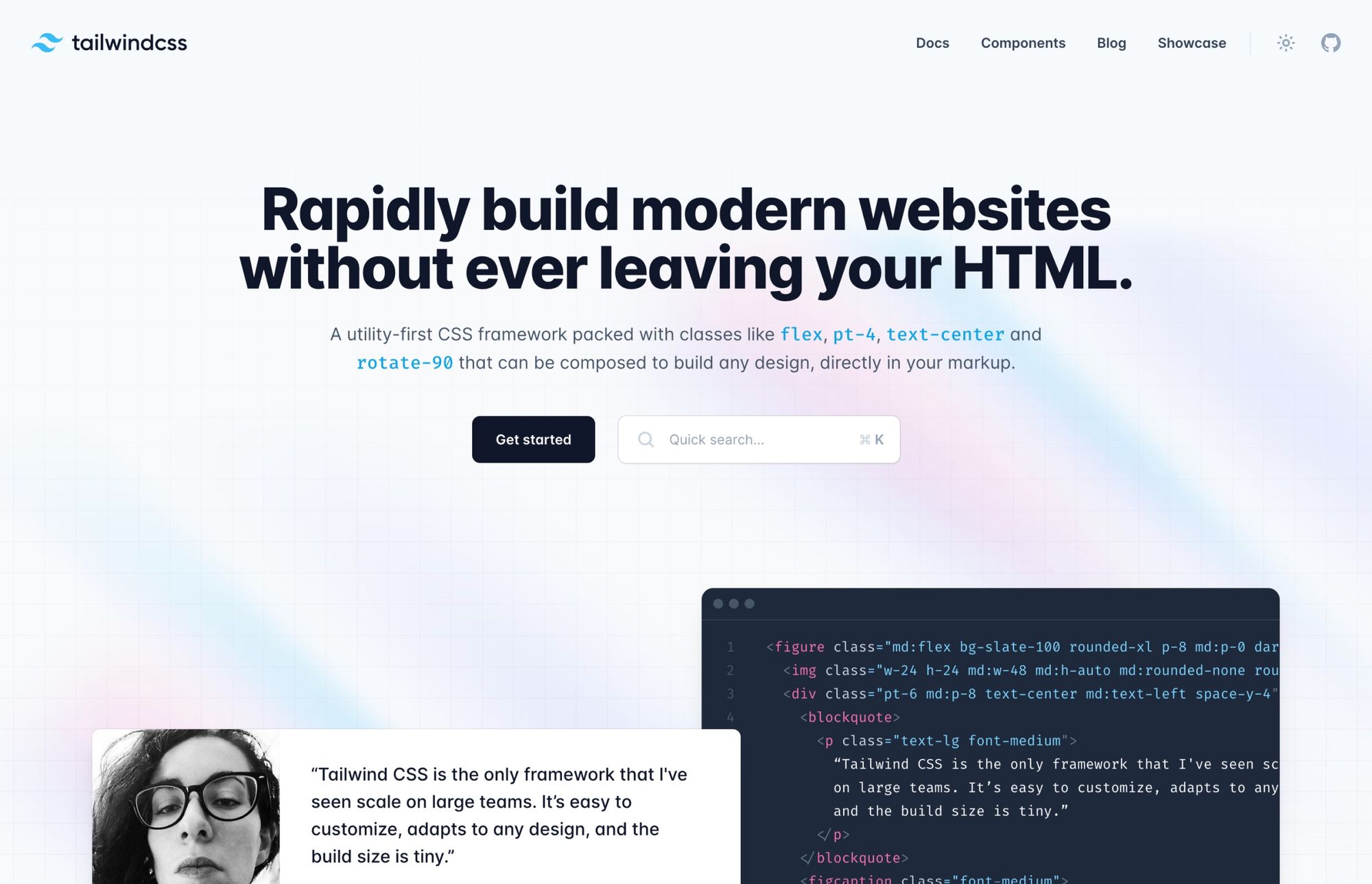
Tailwind CSS is an open source CSS framework designed to make it easy for developers to quickly create responsive websites. It provides a wide range of utility classes that can be used for styling elements without having to write any code. The framework also makes it easy to customize and extend, giving developers the flexibility to create unique designs.
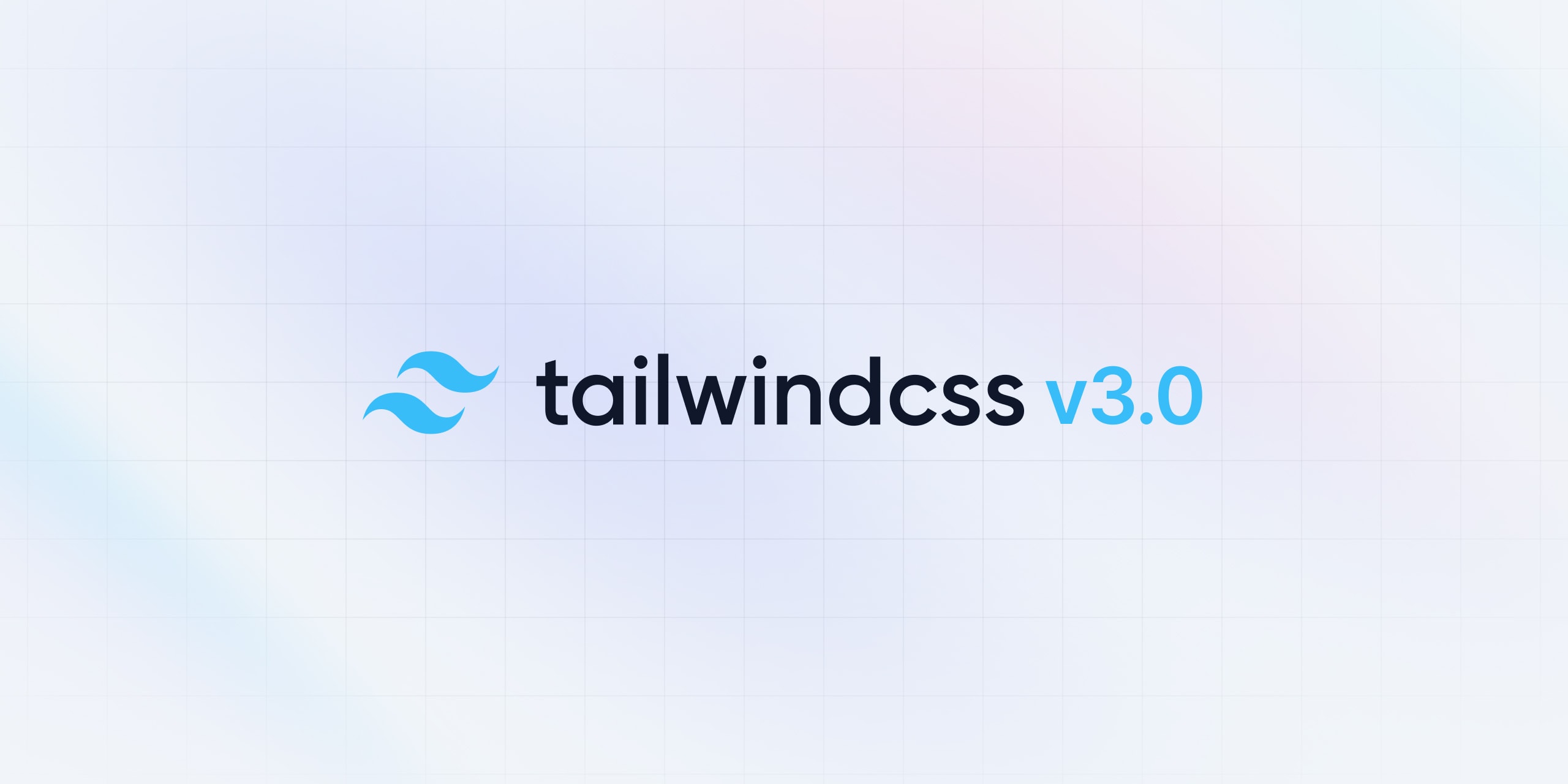
Advantages of Tailwind CSS
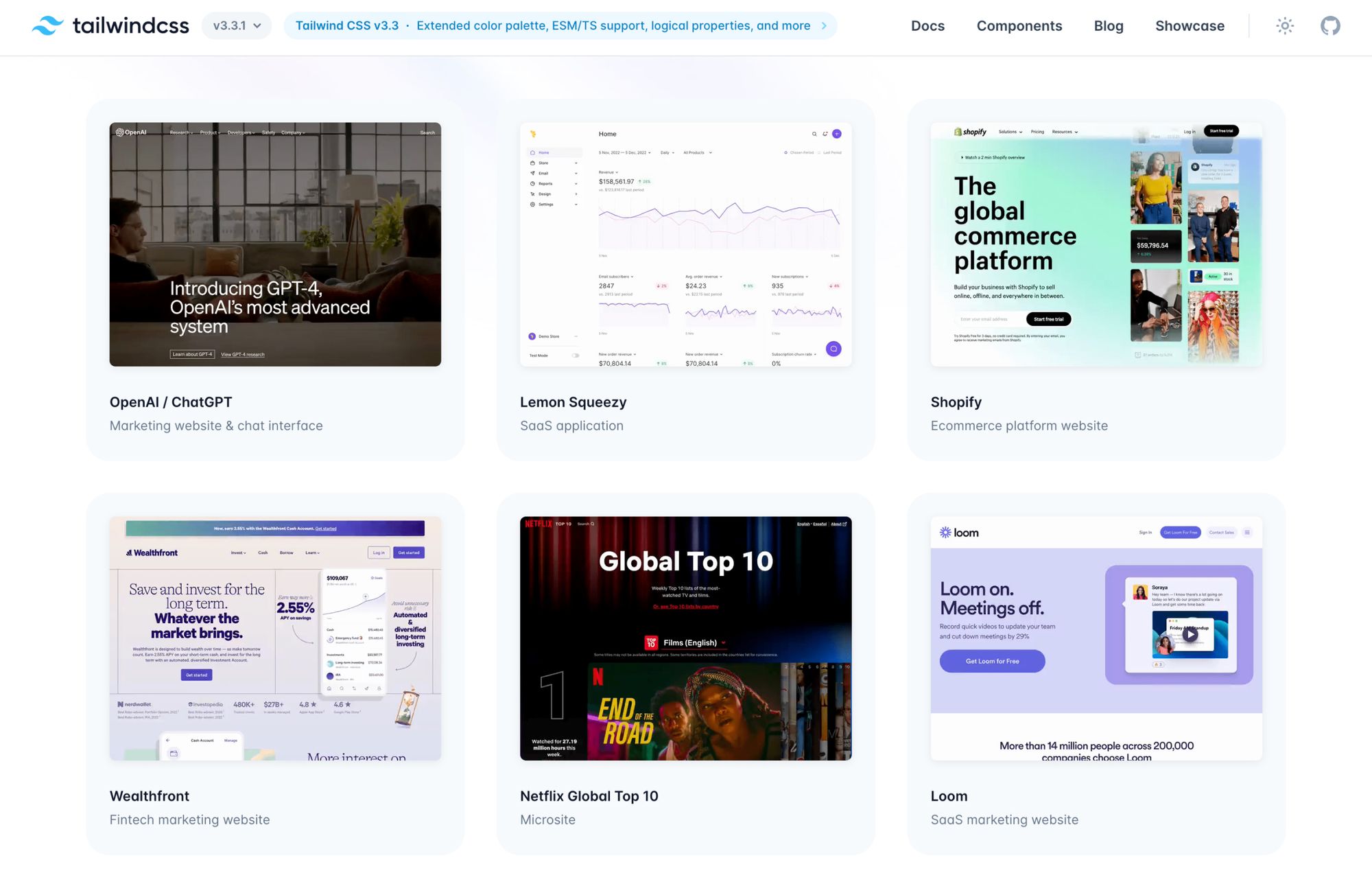
Tailwind CSS has several advantages that make it a great choice for web developers. These include:
- Easier Customization: Tailwind CSS makes it easy to customize components, allowing developers to quickly build unique designs.
- Improved Performance: The utility-first approach of Tailwind CSS improves the performance of websites, as it eliminates the need to write custom CSS code.
- Greater Flexibility: Tailwind CSS provides greater flexibility than many other popular frameworks, making it easier to create unique designs and styles.
Drawbacks of Tailwind CSS
Despite its advantages, Tailwind CSS also has some drawbacks that should be considered. These include:
- Steep Learning Curve: Tailwind CSS is not as intuitive to learn as other frameworks and requires more time invested in order to become proficient.
- Limited Documentation: There is a lack of detailed documentation available for Tailwind CSS, making it difficult for beginners to get started.
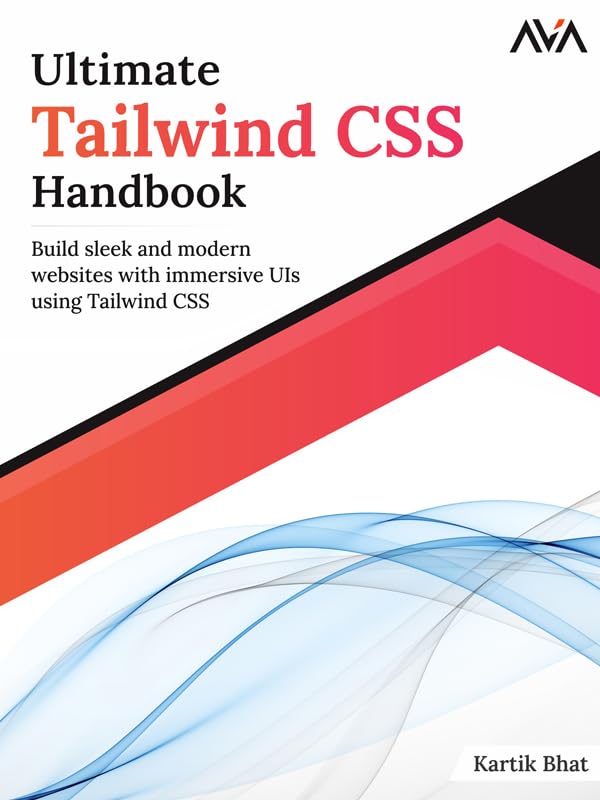
Ultimate Tailwind CSS Handbook
- A step-by-step guide to build a responsive modern website using Tailwind CSS.
- Explore the updated features, components, and configuration options of Tailwind CSS.
- Leverage Tailwind CSS to build websites that adapt flawlessly to different screen sizes and devices.
What is Bootstrap?
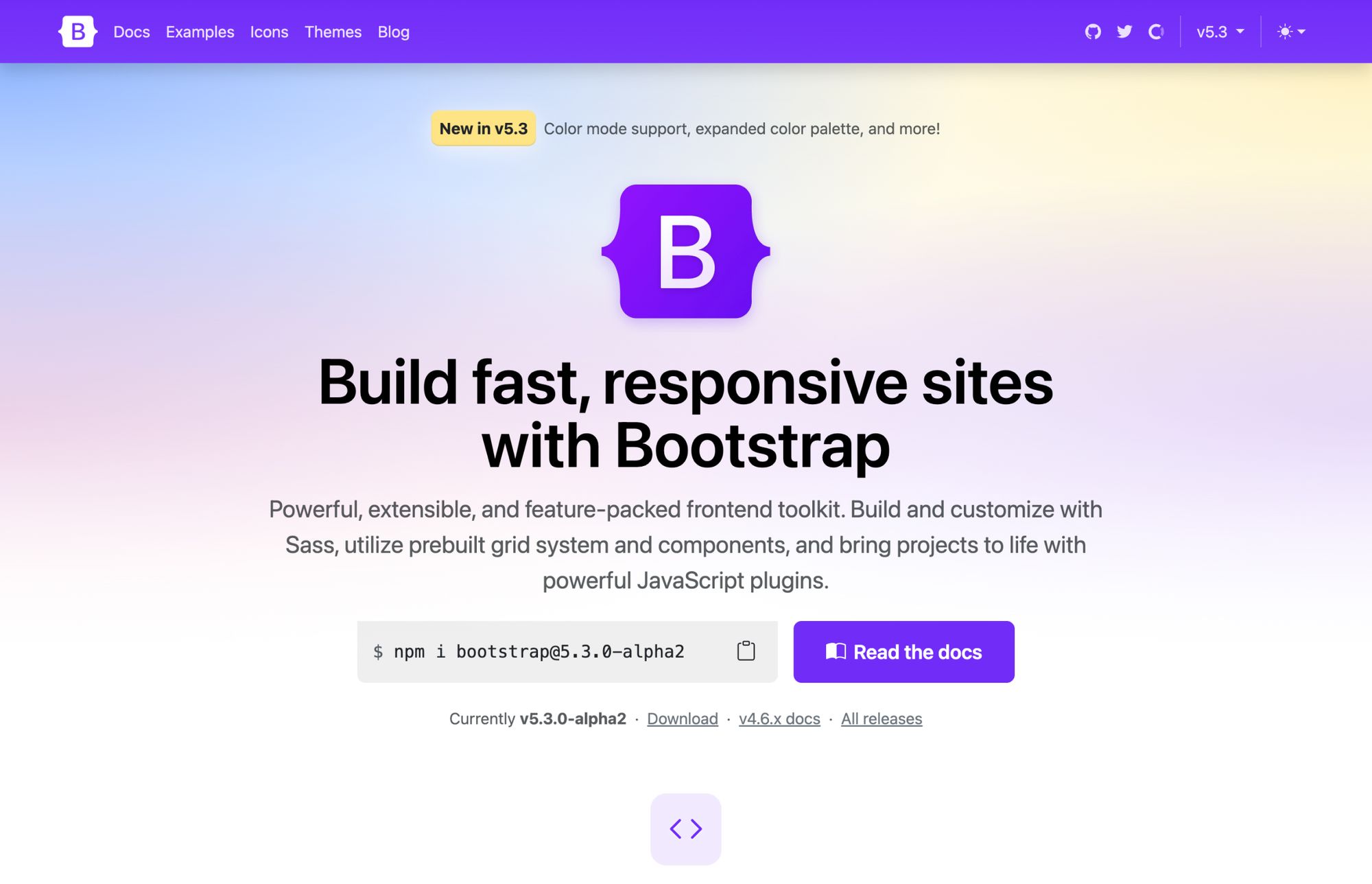
Bootstrap is a popular open source CSS framework that helps developers quickly create responsive websites. The framework provides a set of pre-built components and styles, making it easier to build complex designs without having to write custom code. It also features an extensive library of plugins and add-ons that make it easy to customize and extend.

Advantages of Bootstrap
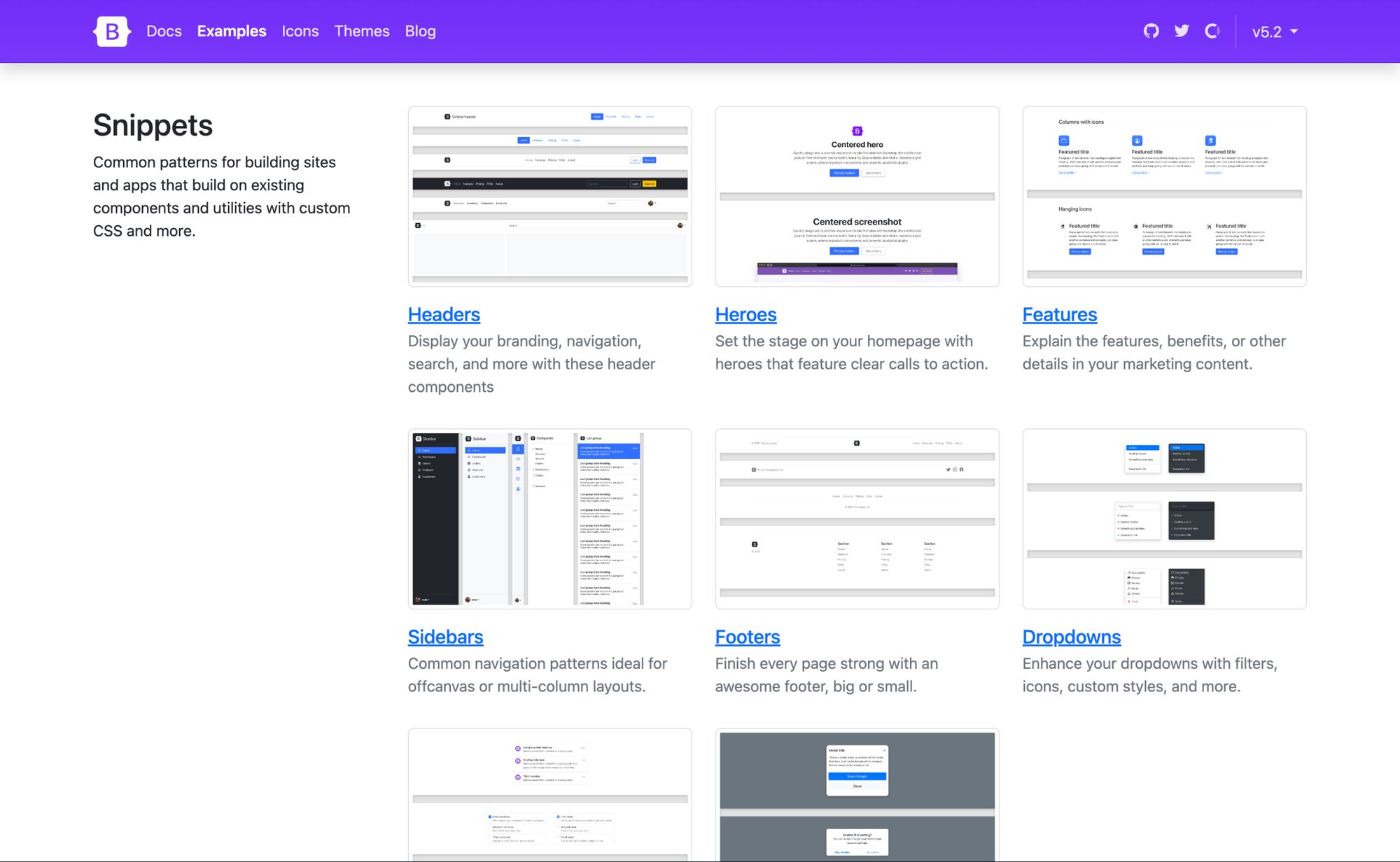
Bootstrap has several advantages that make it a great choice for web developers. These include:
- Quick Setup: Bootstrap is quick and easy to set up, as it provides a pre-built library of components, styles, and plugins.
- Easy to Learn: Bootstrap is intuitive and easy to learn, making it a great option for beginners.
- Widely Used: Bootstrap is one of the most widely used CSS frameworks, and is supported by many popular libraries, tools, and frameworks.
- Comprehensive Documentation: Bootstrap has comprehensive documentation available, making it easy for developers to get started and learn the framework.
- Cross-Browser Compatibility: Bootstrap ensures that websites are compatible with all major browsers, making them more widely accessible.
Drawbacks of Bootstrap
Despite its advantages, Bootstrap also has some drawbacks that should be considered. These include:
- Complexity: Bootstrap is more complex than other frameworks, making it difficult to customize and extend.
- Limited Design Flexibility: Bootstrap's pre-defined components and styles can limit the ability of developers to create unique designs.
- Poor Performance: The large library of components and styles that come with Bootstrap can often lead to poor performance, as they add extra weight to websites.
- Overly-bloated Code: Bootstrap can lead to bloated code, as it is often used to add unnecessary components and styles.

Practical Bootstrap: Learn to Develop Responsively with One of the Most Popular CSS Frameworks
- Review how the grid system applies to Bootstrap
- Build an admin dashboard page that changes its layout according to a device’s display width
- Integrate Bootstrap JavaScript libraries with your own HTML page
Comparison of Tailwind CSS vs Bootstrap
Both Tailwind CSS and Bootstrap are popular frameworks that can be used to create responsive websites. However, there are some key differences between the two that should be considered before making a decision.
Customizability & Design Flexibility
Tailwind CSS offers unmatched customizability and design flexibility, allowing developers to create unique interfaces tailored to their projects. Its utility classes make it easier to build unique layouts with consistent styling while maintaining a lightweight codebase.

In contrast, Bootstrap has predefined elements and components that must be used, making it difficult to customize beyond the default look and feel of Bootstrap-based sites. Additionally, Tailwind allows for more creative use of colors, gradients, shadows, and other effects than Bootstrap does.
Performance & Code Quality
Tailwind CSS is better for performance due to its utility-first approach and lack of unnecessary components and styles.
Tailwind CSS typically has better performance than Bootstrap, as it generates lighter code that is easier for browsers to render. This is because it uses “utility classes” which are small chunks of code that can be reused across your project in different contexts, rather than having to write out entire blocks of CSS every time you want to modify an element.
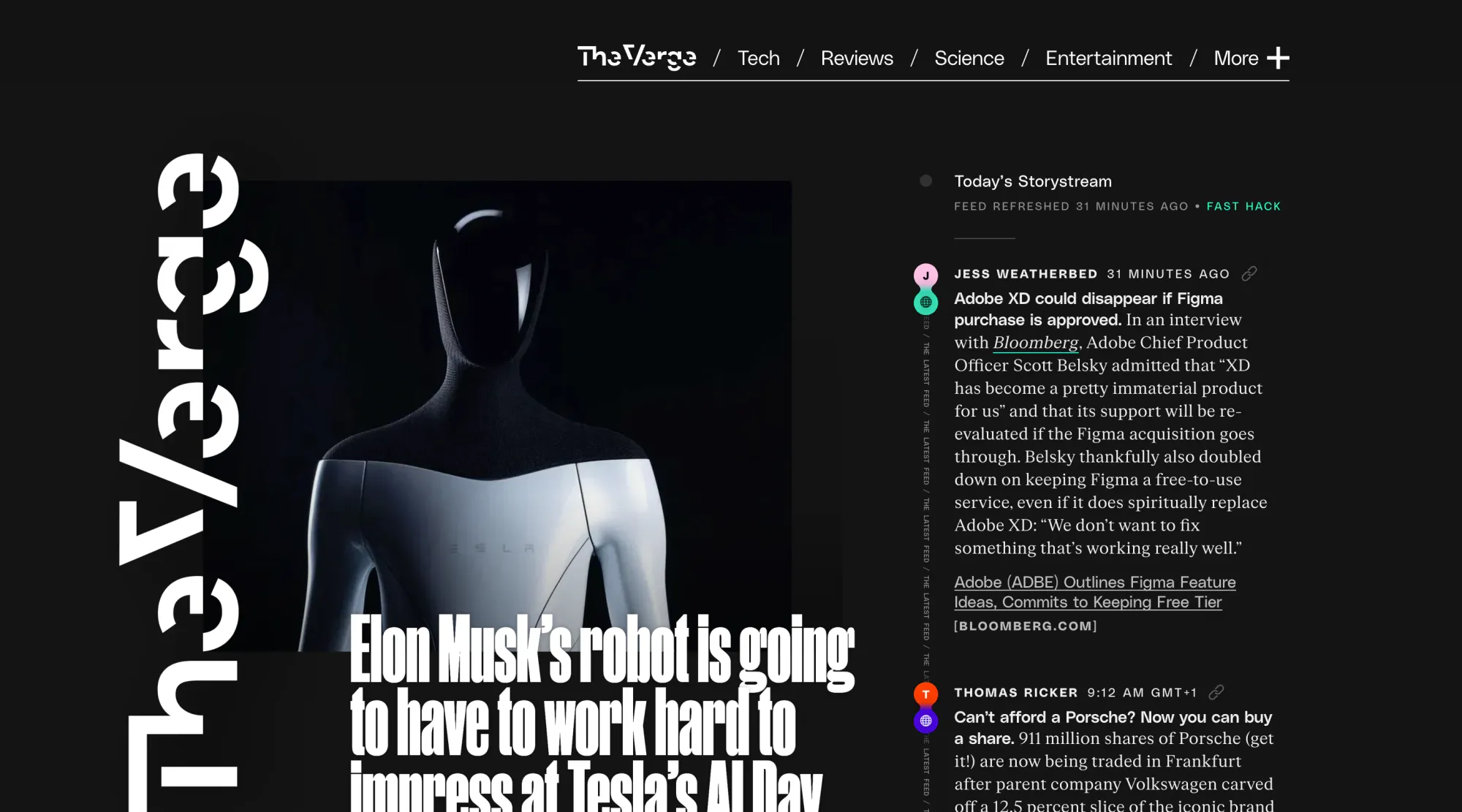
Additionally, Tailwind offers appropriate defaults and encourages developers to prune unused styles from their projects.
On the other hand, Bootstrap includes a large number of components and often relies on nested selectors which can slow down page loading times.
Responsiveness
Both Tailwind CSS and Bootstrap provide responsive designs.
Tailwind CSS is fully responsive, allowing code written for desktop to be reused on mobile devices with minimal changes. It offers breakpoints that allow developers to fine-tune user interfaces according to specific devices and viewport sizes.
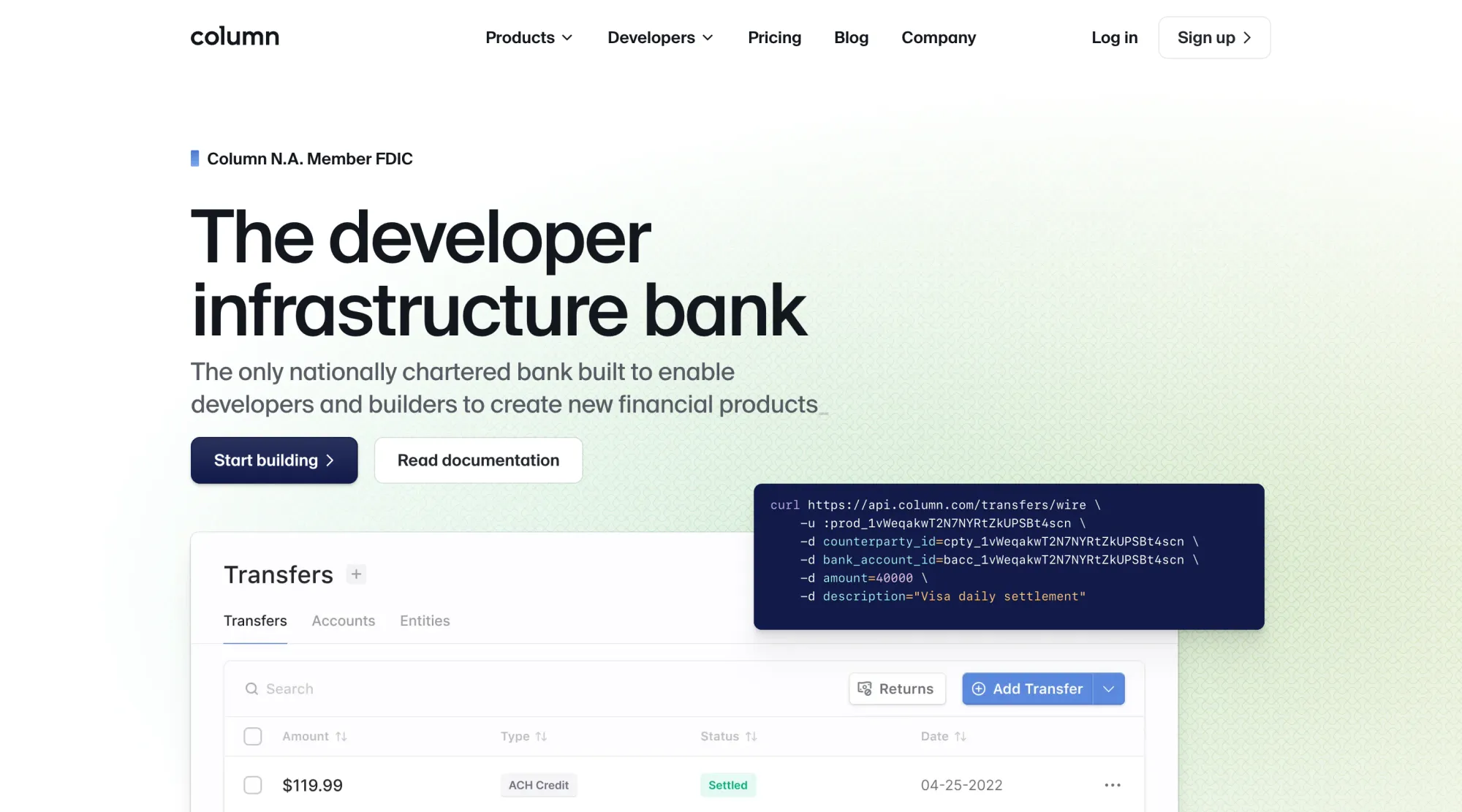
Bootstrap also has a responsive grid system which makes it easier to create fluid layouts, but it’s slightly less flexible than Tailwind’s approach. Additionally, Bootstrap provides libraries of components specifically designed for mobile devices such as its Modal and Accordion components.
If you are looking for more control over the responsiveness of your website, Tailwind CSS is the better option.
Ease of Use
Both TailwindCSS and Bootstrap offer a high degree of ease of use for developers. TailwindCSS is known for its simplicity, allowing developers to write concise code without worrying about margins, padding, or specificity issues.
On the other hand, Bootstrap has a more thorough approach to styling with its predefined classes that can help speed up development. Ultimately, how easy the frameworks are to use will depend on which one best meets your development needs.
Documentation
TailwindCSS has more comprehensive documentation than Bootstrap. TailwindCSS provides detailed guides and tutorials for using the framework, as well as helpful examples to help developers better understand how it works. It also features a plugin library that helps streamline development with additional features and components.
In contrast, Bootstrap’s documentation is more limited, focusing primarily on its core components and styling options.
Installation & Maintenance
Tailwind CSS is easy to install and maintain, as it requires no additional configuration. Its structure is straightforward, allowing developers to quickly set up their projects with ease.
Bootstrap, however, can be a bit more complex and time-consuming when set up due to its grid system. In terms of maintenance, TailwindCSS provides clear updates in its changelog that make it easier to keep the framework updated, while Bootstrap requires manual checking and testing with each new release.
Variables' Choice: Tailwind CSS
In the end, Tailwind CSS is a better choice if you're looking for more flexibility, customizability, and the ability to create unique designs.
It offers better performance and code quality than Bootstrap, and its responsive design allows code written for desktop devices to be reused on mobile devices with minimal changes.
Additionally, it has more comprehensive documentation, is easy to install and maintain, and provides helpful plugins for streamlining development.
All of these features make Tailwind CSS the ideal choice for developers who want the most efficient and effective way to create responsive websites.
Conclusion
Tailwind CSS is a great choice for developers who want to create responsive websites quickly and efficiently.
It offers more flexibility and customization than Bootstrap, allowing developers to create unique designs that perfectly fit their needs. Additionally, its comprehensive documentation, easy installation and maintenance process, and helpful plugins make Tailwind CSS the ideal framework for any project.
In the end, Tailwind CSS is the clear winner when it comes to creating responsive websites. It provides developers with all of the tools they need to create stunning and user-friendly websites in no time.






